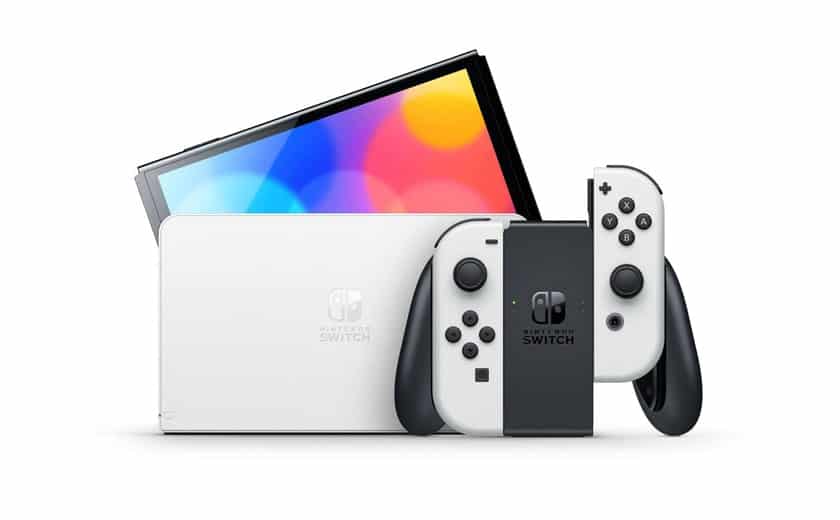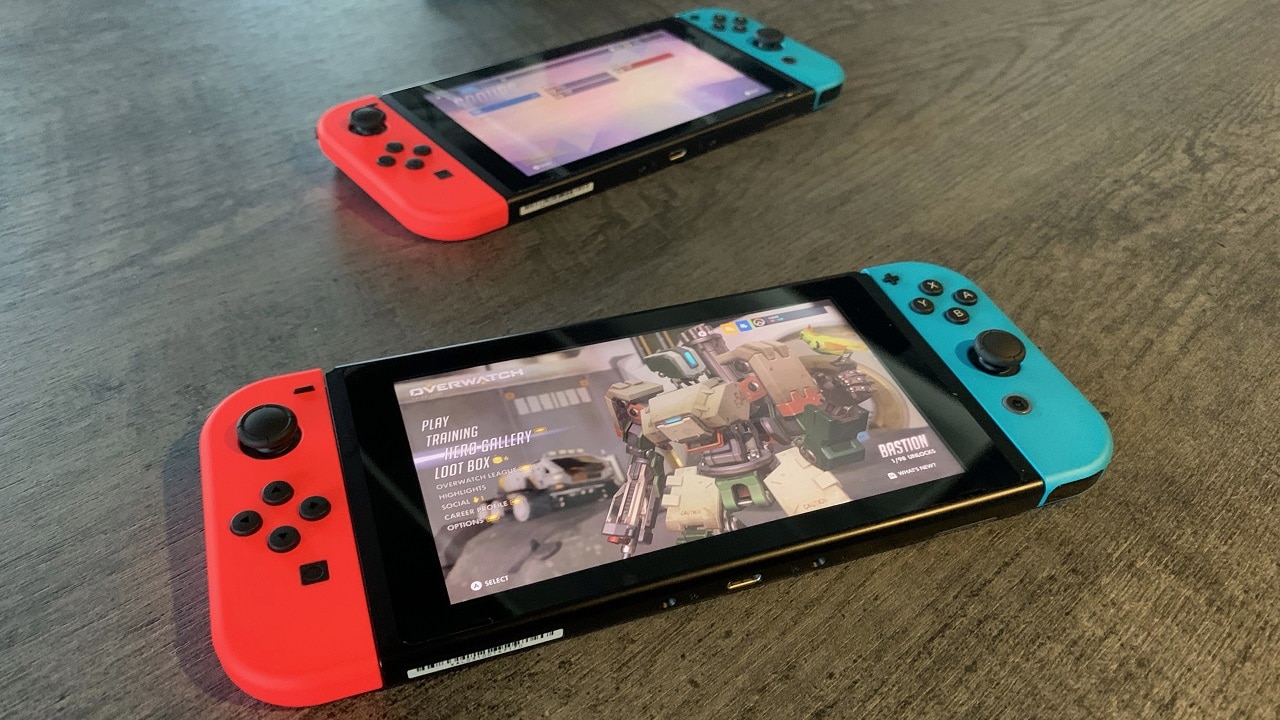The global chip shortage it is limiting the production of numerous devices, including game consoles Nintendo Switch. In its latest financial report released on Thursday, Nintendo has in fact warned its users. The Kyoto company said it would ship minus Switch between now and March 2022, due to the ongoing shortage of semiconductors. Let’s find out all the details.
The shortage of chips limits the supply of the Nintendo Switch

The gaming giant based in Kyoto recently revealed that he expects to sell 24 million units in this year financial despite, previously, it had forecast sales of about 25.5 million units. The creator of Animal Crossing pointed out that the new forecast is due to a change in its production plan. As you can imagine, the change is caused by effects of the global shortage of semiconductors.
“Our second half shipping forecast has been reduced due to the change in our production plan due to the effects of the global semiconductor shortage,” Nintendo wrote in a document accompanying its financial results.
“On the other hand, we have revised up the Nintendo Switch software forecast,” he said, predicting it would sell 10 million more games than to what he had previously thought, bringing the total to 200 million.
Nintendo also talked about the COVID-19 pandemic, noting that the health emergency, coupled with the global shortage of semiconductors, has created one state of continuous uncertainty. This uncertainty, moreover, creates problems from a point of view not only of production but also, of course, of shipment.
Nintendo’s announcement comes after the reveal of Simon Fresh. The CEO of the design company of chip ARM announced at a conference that the supply / demand imbalance is “the most extreme” he has ever seen. The wait for chip supplies, at the moment, can even take up to 60 weeks.
During the Web Summit event, Segars also warned delegates stating that if they haven’t bought all of their devices yet, they might be disappointed. Finally, the designers of chip ARM they reiterated, once again, that the chip shortage could delaying Christmas gifts.
The chip shortage affects more companies
This shortage of chips not only hit Nintendo but, in reality, it is affecting many more companies than expected. Among them we also find Sony e Microsoft with their respective PlayStation 5 and Xbox Series X. Both companies indeed are short of supplies since the start of the pandemic. It is practically impossible to find a next-generation console or, if they are for sale, the price really exceeds the stars.
In September, Microsoft’s gaming boss, Phil Spencer, said the shortage of next-generation consoles was due to many issues – not just a shortage of chips – and would continue beyond Christmas. During an interview for The Wrap website, Spencer explained that, according to him, the the problem was much larger.
Microsoft’s CEO said:
I think the chip problem has been too isolated. For example, we have not discussed all the elements needed to build a console. There are several critical points in this regard, a complex supply chain that goes further. For this, we must be realistic and state that the slip in production will continue for the next few months, certainly until the end of this and the next calendar year.
Also Lisa Su, AMD CEO, the main chip supplier for Sony and Microsoft, said the shortage could last until 2022.
The deficiency is caused, as we said before, by a increased demand since the beginning of the COVID-19 pandemic. As businesses and consumers transition to a home-based workplace, i component manufacturers used to build devices such as laptops and desktops were purchased quickly and companies like AMD are still catching up on demand.
With the displacement of the workforce home, the confinement of the quarantine has also led to a need for entertainment. As a result, products such as PlayStation, Xbox and PC graphics cards have further increased demand. “The pandemic has just taken demand to a new level,” Su told CNBC.
“It could take, you know, 18 to 24 months to set up a new implant. In some cases even more ”, says Su about the timing to get these new systems up and running. “These investments started maybe a year ago.”
Smartphones are also on the decline
Analysts say the shortage will continue to have an impact on all kinds of consumer electronics, especially smartphones too. Tim Cook, CEO of Applerecently told investors that “bigger than expected supply constraints” in the three months to September cost the company $ 6 billion in lost sales.
Ranjit Atwal, Senior Research Director at Gartner, told the BBC: “The component shortage problems are industrial, and no supplier is immune from the impact – some may get preferential treatment but all will be affected.
Glenn O’Donnell, Forrester’s technology analyst, said the problem is unlikely resolve soon. On the subject, he said: “Semiconductor chips have become the staple ingredient of a wide variety of products – home appliances, consumer electronics and toys are all concerned. Even Apple struggles to get these essential parts. A large supply of chips will not arrive until 2023, perpetuating the electronic supply chain for another two years or so. ”
At the moment the situation seems quite critical for many sectors. We hope that, in some way, companies can find a solution.













Leave a Reply
View Comments